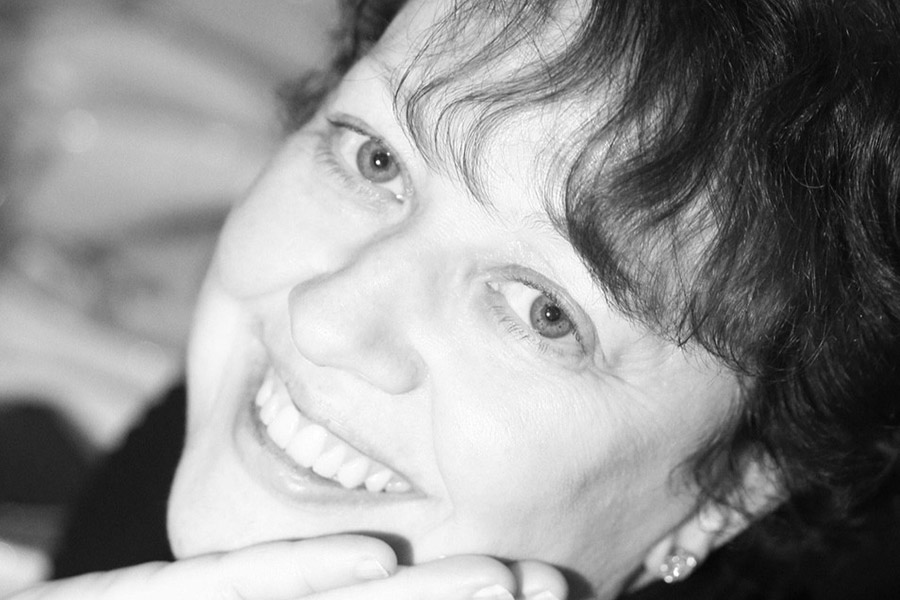Every week, Amárach and Future Proof Insights share exclusive findings from their PRIZM+ ad testing service, showcasing best practice creative advertising in Ireland.
Vodafone’s latest campaign, Every Connection Counts, is a gentle, emotional story about reconnection, and the brain data confirms that this subtle approach lands well with viewers.
While the narrative feels simple, the way people respond to it moment by moment shows that the ad carefully guides attention and emotion, making the message of connection feel both personal and memorable.
The ad opens with warmth, but not intensity. Neural engagement is steady, cognitive load low, and emotional response muted.
Viewers are gently eased into the world: the mother’s nerves, the father’s reassurance. Importantly, a lot of context has been layered in, without asking the audience to work too hard.
This kind of measured build-up plays into the cognitive principle of fluency.
Viewers understand what’s going on quickly and without strain, which supports comfort and ongoing attention.
The first noticeable shift comes as the woman falls behind her friends.
Engagement drops and cognitive load rises, a signal that viewers are actively processing her discomfort.
This taps into effort justification by showing her struggle, the emotional payoff to come feels more earned.
It also leans on emotional contrast, where a difficult moment primes the viewer to feel the next positive one more strongly.
When the phone buzzes and her daughter’s video appears, the brain response changes sharply.
Emotion, desire and memorisation all peak together. This moment is when the brain is most receptive, and it’s where the story delivers its central message.
The high synchrony in response across viewers suggests shared resonance.
This scene also illustrates the peak-end rule, a cognitive bias where the most intense moment (here, the emotional video) becomes the most memorable.
From this point, the story resolves. She pushes on, finds her friends, and the narrator speaks.
Engagement and memorisation begin to settle.
However, the final brand appearance happens just after this high point, meaning the strongest memory formation likely happened moments earlier.
Anchoring the brand more directly to the emotional high would have strengthened recall.
We also see the role of emotional reversal, shifting from isolation to connection, which leaves a positive imprint on viewers.
Frontal asymmetry data shows this transition moves viewers toward an approach mindset, reinforcing motivation.
The ad’s behavioural impact is strongest among younger adults and parents, likely because they find the emotional scenario more relatable.
For others, particularly older viewers, the emotional arc has less personal relevance, and neural responses are more muted.
Across the board, the ad makes smart use of cognitive effects: fluency to ease viewers in, effort justification and emotional contrast to deepen the middle, and the peak-end rule to drive memory.
The brand now has an opportunity to stitch itself into that peak more clearly.
This ad shows that emotional storytelling works best when it lines up with how the brain forms memory.
Vodafone has built a resonant narrative. The next step is simple: bring the brand closer to the moment people are most likely to remember.









